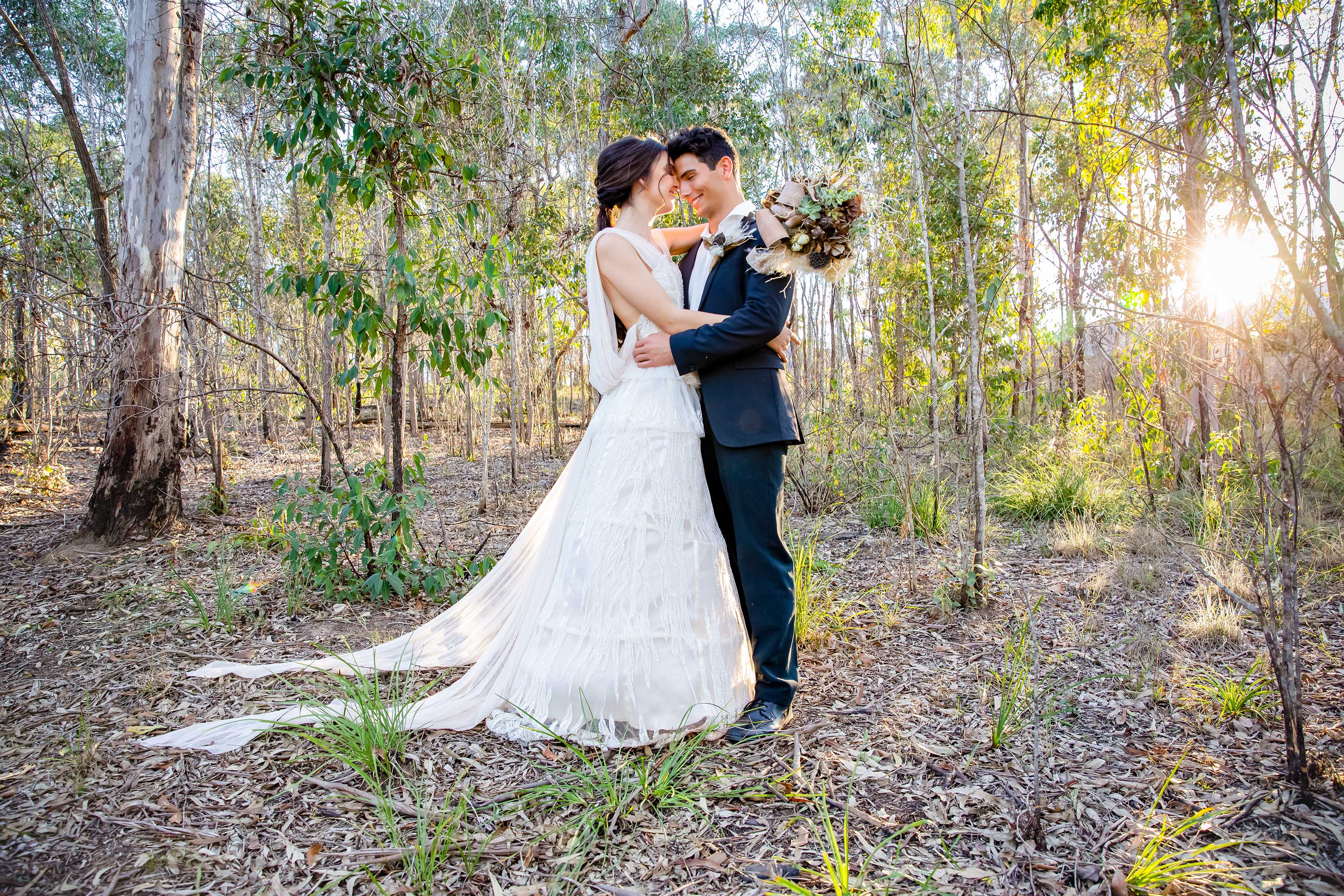The Beginner's Guide to Product Photography
If a photo is worth a thousand words, a magnificent product photo is worth a thousand internet site sees. Although I do not have information to back up that statement (yet), product photography can be incredibly useful to your ecommerce web site method.
To reach your target market members who prefer acquiring online, you likewise need to provide your target market clear, distinctive photos of your products.
However product photography isn't as straightforward as pointing and shooting. Even one of the most fundamental products need the proper equipment, illumination, and room to generate gorgeous images that sell consumers right from the purchase page.
6 Product Photography Tips (and Examples) for Taking Photo That Market
Right here are the pointers, instances, and also products you'll need to successfully picture and market your products in such a way that makes your site visitors and also potential customers wish to transform.
1. Don't be afraid to utilize your mobile phone's cam.
This is the component where I'm intended to persuade you to buy a high-end, 50-megapixel (MP) cam with a 100-millimeter screw-on lens. Yet I'm not going to do that.
If you already have a video camera that fits this description, take advantage of it. But for lots of types of items, it's totally acceptable to fire product pictures on a smartphone.
Newer smart devices flaunt effective cam lenses as well as setups that permit you to maximize your shots for the various sorts of light as well as atmospheres you might fire in.
If you require a lot more convincing, just look into Apple's Shot On An iPhone project and the pictures that have actually resulted from it over the years such as this set:
2. Fire from a tripod for photo consistency.
Prior to describing tripods, I'm obliged to start with a principal guideline: Don't prop your phone against something strong to intend your lens toward the topic.

It's simply too simple for this makeshift configuration to move about throughout the shoot and also create disparities in your photos' look. If you relax your electronic camera on, claim, a stack of books, simply be sure this setup does not transform throughout the shoot.
There's no harm in holding your video camera yourself when shooting just a couple of product photos for your ecommerce website. However as your company expands, and also you take a lot more images of more products, it can be challenging to systematize the product's alignment in each photo when firing portable.
To make sure uniformity across your products, you'll need a tripod. And the good news is, purchasing one isn't constantly the big, industrial-sized investment it used to be.
Here are 2 types of tripods to take into consideration.
Standard vs. Flexible
This is a practice tripod-- there are conventional tripods available for both cams as well as mobile phones.
A versatile tripod can be controlled in a variety of methods. You can flex its legs and put it on various surfaces to get the angle you http://landenocnv288.tearosediner.net/expert-product-photography-suggestions need.
Mobile Grip
There's often a screw on the top of your tripod which affixes to your cam to hold it in place. The bottom of many professional-grade video cameras has a screw hole just for this objective, yet smart devices can use the following adapter:
The adapter grasps the sides of your smart device and also can screw into either kind of tripod, enabling you to operate the camera controls with the phone screen dealing with outside and also towards you.
When you determine which place you'll need, set it up in front of your product, as well as consider placing three pieces of tape on the ground to mark where you 'd like to keep each leg of your tripod throughout the shoot.
3. Pick all-natural light or synthetic light.
Never underestimate just how specific types of light can boost (or hinder) your product photography. Remember, buyers obtain the most effective take a look at an product face to face, where they can see whatever they need to prior to buying. The appropriate lighting setup assists you disclose those essential decision-making product functions when all internet site visitors have to go on is a photo.
A solitary lights arrangement might not benefit every product-- a lights setup that works for some products may weaken the appearance of others.
There are two types of light you can choose as your main light: natural and artificial light.
Natural Light
All-natural light describes sunshine-- simple as that. It's likewise called "soft light" since the sun casts a bigger, softer variety of light than, say, a lamp radiating straight on the product. Ecommerce product shots grow in all-natural light if:
The product is shot outside or indicated to be utilized outside.
The product is made use of by, endured, or shot with a individual ( individuals tend to look much better in all-natural light).You're trying to highlight the product's surroundings, as opposed to particular qualities of the product.
Here's an instance of a shot utilizing natural light:
Man-made Light
Fabricated light consists of candles, fire, as well as more commonly, light bulbs. It's additionally described as " difficult light" due to the fact that it generates a smaller however much more concentrated light surface area. This type of light accommodates products with physical information that need to be highlighted to thrill an on-line consumer.
As a general regulation, adhere to simply one type of light per photo-- natural or man-made. Including all-natural light to an unnaturally lit photo can soften a product that's implied to look sharp, and adding fabricated light to a naturally lit photo can hone a product that's suggested to look soft. You don't intend to enter your very own means.
4. Fill up or bounce your light to soften darkness.
Whether you use all-natural light or man-made light, you'll require to reduce the darkness that any possible difficult light casts on the opposite end of a product.
There are three methods to do this:
Load Light
Consist of an additional, less-intense light to supplement your primary light. This additional light is called your fill light and also is utilized as a counterbalance to soften the all-natural shadow your major light generates behind an item.
To do this, place your fill light opposite your major light so your product sits in between both source of lights.
Flashbulb Bounce Card
A bounce card, or reflector card, is a little card that " shows" or " jumps" the primary light back onto the surface area beneath your product to decrease shadows.
Some bounce cards affix to the flashbulb of a expert camera lens to diffuse the light from the camera's flash. This card sprays a softer light onto the subject from above your set-- instead of straight at it-- so you don't have long darkness trail behind the item you're shooting.
Standalone Bounce Card
If you're firing from a mobile phone, a flashbulb bounce card isn't an option, since you don't have a physical flash you can affix it to. Rather, make your own standalone bounce card positioned contrary your primary light.
For newbies to product photography, this bounce card can effectively change your fill light, which counters the tough light from the electronic camera flash or light that's facing towards the front of your product.
5. Make use of a sweep or picture mode to highlight the product.
There isn't one ideal method to position your product, lights, as well as bounce cards-- they can change considerably depending upon your background. But don't choose a history based upon what's most convenient to create. Histories should appear like just how you desire your buyers to view your product when watching it online.
Take into consideration first whether you 'd like a white background or a much more dynamic, real-world background. There's an simple means to achieve each one.
White History: Sweep
For white backgrounds, it's not as easy as establishing a table against white drywall. Also smart device electronic cameras can grab little blemishes on a white wall surface that you wouldn't see with the naked eye. To capture a perfect white history without corners or acnes, use a move.
A move is a big flexible sheet of paper, whose lower serve as the surface area below your product and after that contours up right into a white wall surface behind the product.
On video camera, the sweep's curve is undetectable, stressing vital product information and permitting the item to own every one of a internet site Campaign Visuals visitor's focus.
Real-World Background: Portrait Setting
Dynamic, real-world backgrounds are extremely attractive when capturing products that have a specific use or are being modeled by a individual-- as you saw aware of the brief-case previously in this overview.
Yet, it's simple for a real-world background to swipe the emphasis of the photo, making it unclear which product in the photo you're really selling.
Provide your product deepness and also focus with picture setting, a image setting on many specialist video cameras, and likewise readily available on many brand-new smart devices. This setup blurs the background so the context of the product is clear however not completing against the product itself.
Below is a super incredible photo of a HubSpot pen taken in portrait setting on a Google Pixel 2 (I took this photo myself). You can inform the pen sits on a desk with a computer system behind it, however the pen is still the prime focus for visitors:
6. Fire a range of images.
My last ecommerce photography idea to you is to not quit at one photo per product. Equally as your consumers look, hold, use, as well as also try on merchandise in a shop, your website needs to shoot a selection of pictures to mimic this extremely experience.
If you're shooting clothes, as an example, catch the garment of clothes alone-- that is, expanded on a white surface-- in addition to on a mannequin whose shade contrasts the shade of the product.
After that, for extra images, have the garments modeled on a individual, permitting you to take photos of the product from the individual's various poses as well as angles.
Product Photography Set Up

Next, let's summarize what we simply got-- right here's a listing of fast product photography set up pointers that you can refer to as well as share on your team:
• Pick a cam-- whether that implies using your smartphone.

• Pick natural or synthetic illumination-- think about which alternative is best for your product and environment.
• Determine whether you'll fill up or jump light.• Select move or portrait setting.
• Take a number of different photos to provide your viewers range.
Start With Your Product Photography
Do not feel obligated to purchase every tip and piece of equipment at the same time. Apply these product photography pointers progressively to see what makes your shop look the most nice, and transform your method as your photography chops improve.